
 |
||||||||||||||
|
|
|
|
|
|
|
|
|
|
|
|
|
|
|
|
|
|
|
|
|
|
|
|
||||||||
|
|
|
||||||||||||
|
|
 |
 |
|
||||||||||
 |
|
||||||||||||
|
|
 |
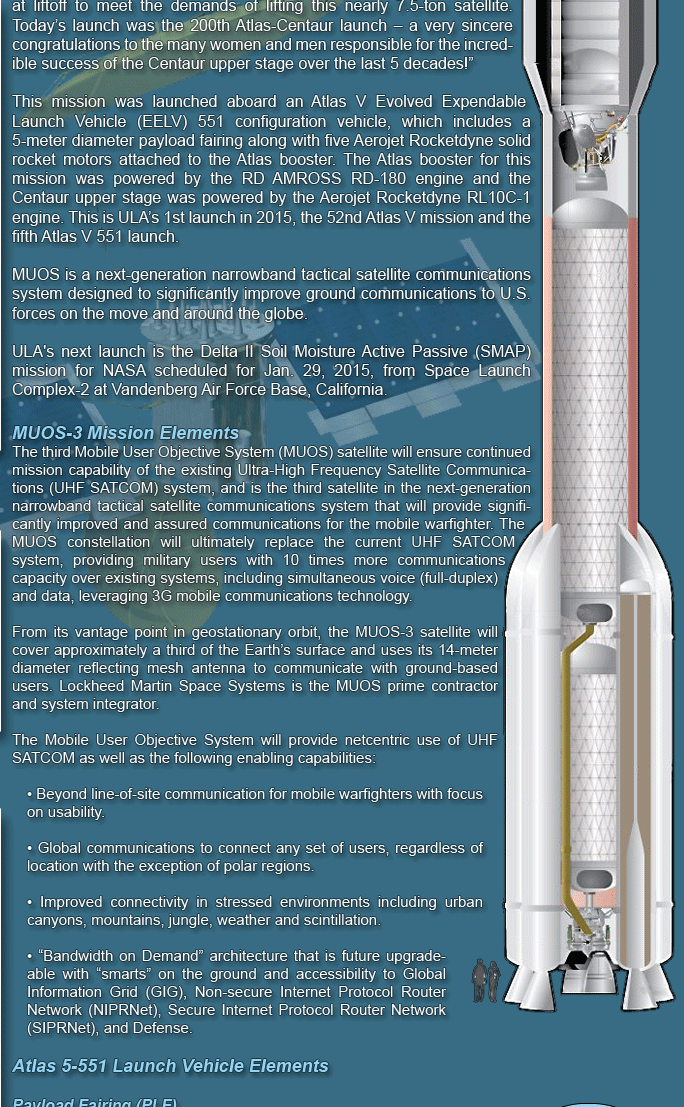 |
|
||||||||||
 |
|
||||||||||||
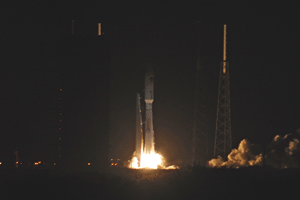 |
|
||||||||||||
 |
|
||||||||||||
 |
|
||||||||||||
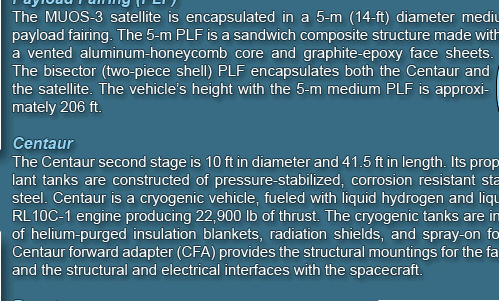 |
 |
|
|
||||||||||
 |
|
||||||||||||
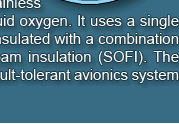 |
|
||||||||||||
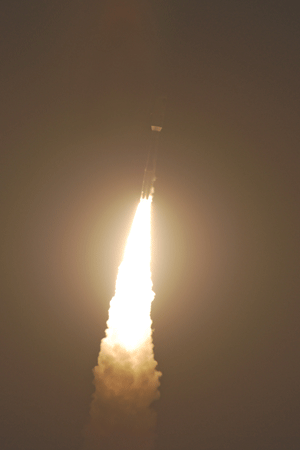 |
|
||||||||||||
 |
 |
|
|
||||||||||
 |
|
||||||||||||
 |
|
||||||||||||
|
|
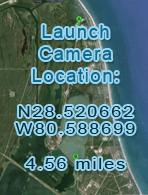 |
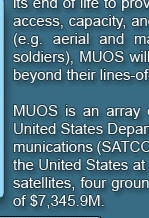 |
|
||||||||||
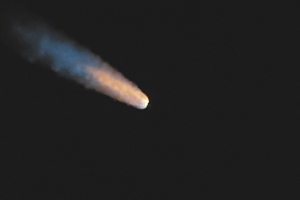 |
|
||||||||||||
|
|
|
||||||||||||
|
|
 |
|
|
||||||||||
 |
|
||||||||||||
 |
|
||||||||||||
|
|
|
|
|
|
|
|
|
|
|
|
|
|
|

|
|
fMUOS-3 U.S. Navy Ultra High Frequency Communication Satellite United Launch Alliance Successfully Launches the U.S. Navy�s Mobile User Objective System-3 Cape Canaveral Air Force Station, Fla., (Jan. 20, 2015) � A United Launch Alliance (ULA) Atlas V rocket carrying the third Mobile User Objective System satellite for the United States Navy launched from Space Launch Complex-41 at 8:04 p.m. EST today. The MUOS-3 spacecraft will ensure continued mission capability of the existing Ultra High Frequency Satellite Communications system that will provide improved and assured mobile communications to the warfighter. �The ULA team is honored to deliver this critical mission into orbit for the U.S. Navy and U.S. Air Force with the support of our many mission partners,� said Jim Sponnick, ULA vice president, Atlas and Delta Programs. �The MUOS-3 spacecraft is the heaviest payload to launch atop an Atlas V launch vehicle. The Atlas V generated more than two and half million pounds of thrust at liftoff to meet the demands of lifting this nearly 7.5-ton satellite. Today�s launch was the 200th Atlas-Centaur launch � a very sincere congratulations to the many women and men responsible for the incredible success of the Centaur upper stage over the last 5 decades!��� This mission was launched aboard an Atlas V Evolved Expendable Launch Vehicle (EELV) 551 configuration vehicle, which includes a 5-meter diameter payload fairing along with five Aerojet Rocketdyne solid rocket motors attached to the Atlas booster. The Atlas booster for this mission was powered by the RD AMROSS RD-180 engine and the Centaur upper stage was powered by the Aerojet Rocketdyne RL10C-1 engine. This is ULA�s 1st launch in 2015, the 52nd Atlas V mission and the fifth Atlas V 551 launch. MUOS is a next-generation narrowband tactical satellite communications system designed to significantly improve ground communications to U.S. forces on the move and around the globe. ULA's next launch is the Delta II Soil Moisture Active Passive (SMAP) mission for NASA scheduled for Jan. 29, 2015, from Space Launch Complex-2 at Vandenberg Air Force Base, California. MUOS-3 Mission Elements The third Mobile User Objective System (MUOS) satellite will ensure continued mission capability of the existing Ultra-High Frequency Satellite Communications (UHF SATCOM) system, and is the third satellite in the next-generation narrowband tactical satellite communications system that will provide significantly improved and assured communications for the mobile warfighter. The MUOS constellation will ultimately replace the current UHF SATCOM system, providing military users with 10 times more communications capacity over existing systems, including simultaneous voice (full-duplex) and data, leveraging 3G mobile communications technology. From its vantage point in geostationary orbit, the MUOS-3 satellite will cover approximately a third of the Earth�s surface and uses its 14-meter diameter reflecting mesh antenna to communicate with ground-based users. Lockheed Martin Space Systems is the MUOS prime contractor and system integrator. The Mobile User Objective System will provide netcentric use of UHF SATCOM as well as the following enabling capabilities: � Beyond line-of-site communication for mobile warfighters with focus on usability. � Global communications to connect any set of users, regardless of location with the exception of polar regions. � Improved connectivity in stressed environments including urban canyons, mountains, jungle, weather and scintillation. � �Bandwidth on Demand� architecture that is future upgradeable with �smarts� on the ground and accessibility to Global Information Grid (GIG), Non-secure Internet Protocol Router Network (NIPRNet), Secure Internet Protocol Router Network (SIPRNet), and Defense. Atlas 5-551 Launch Vehicle Elements Payload Fairing (PLF) The MUOS-3 satellite is encapsulated in a 5-m (14-ft) diameter medium payload fairing. The 5-m PLF is a sandwich composite structure made with a vented aluminum-honeycomb core and graphite-epoxy face sheets. The bisector (two-piece shell) PLF encapsulates both the Centaur and the satellite. The vehicle�s height with the 5-m medium PLF is approximately 206 ft. Centaur The Centaur second stage is 10 ft in diameter and 41.5 ft in length. Its propellant tanks are constructed of pressure-stabilized, corrosion resistant stainless steel. Centaur is a cryogenic vehicle, fueled with liquid hydrogen and liquid oxygen. It uses a single RL10C-1 engine producing 22,900 lb of thrust. The cryogenic tanks are insulated with a combination of helium-purged insulation blankets, radiation shields, and spray-on foam insulation (SOFI). The Centaur forward adapter (CFA) provides the structural mountings for the fault-tolerant avionics system and the structural and electrical interfaces with the spacecraft. Booster The Atlas V booster is 12.5 ft in diameter and 106.5 ft in length. The booster�s tanks are structurally rigid and constructed of isogrid aluminum barrels, spun-formed aluminum domes, and intertank skirts. Atlas booster propulsion is provided by the RD-180 engine system (a single engine with two thrust chambers). The RD-180 burns RP-1 (Rocket Propellant-1 or highly purified kerosene) and liquid oxygen, and delivers 860,200 lb of thrust at sea level. Five solid rocket boosters (SRB) generate the additional power required at liftoff, with each SRB providing 348,500 lb of thrust. The Atlas V booster is controlled by the Centaur avionics system, which provides guidance, flight control, and vehicle sequencing functions during the booster and Centaur phases of flight. from Wikipedia ... The Mobile User Objective System (MUOS) is an Ultra High Frequency (UHF) (300 MHz to 3 GHz frequency range) SATCOM system, primarily serving the DoD. International allies use is under consideration. The MUOS will replace the legacy UHF Follow-On (UFO) system before that system reaches its end of life to provide users with new capabilities and enhanced mobility, access, capacity, and quality of service. Intended primarily for mobile users (e.g. aerial and maritime platforms, ground vehicles, and dismounted soldiers), MUOS will extend users' voice, data, and video communications beyond their lines-of-sight. MUOS is an array of geosynchronous satellites being developed for the United States Department of Defense (DoD) to provide global satellite communications (SATCOM) narrowband connectivity for communications use by the United States at data rates up to 384kbit/s. The program will deliver five satellites, four ground stations, and a terrestrial transport network at a cost of $7,345.9M. The Navy's Communications Satellite Program Office (PMW 146) of the Program Executive Office (PEO) for Space Systems in San Diego is lead developer for the MUOS Program. Lockheed Martin is the Prime System Contractor and satellite designer for MUOS under U.S Navy Contract N00039-04-C-2009, which was announced September 24, 2004. Key subcontractors include General Dynamics (Ground Transport architecture), Boeing (Legacy UFO and portions of the WCDMA payload) and Harris (deployable mesh reflectors). Full on-orbit capability is expected by 2015. WCDMA system The MUOS operates as a global cellular service provider to support the war fighter with modern cell phone-like capabilities, such as multimedia. It converts a commercial third generation (3G) Wideband Code Division Multiple Access (WCDMA) cellular phone system to a military UHF SATCOM radio system using geosynchronous satellites in place of cell towers. By operating in the UHF frequency band, a lower frequency band than that used by conventional terrestrial cellular networks, the MUOS provides warfighters with the tactical ability to communicate in "disadvantaged" environments, such as heavily forested regions where higher frequency signals would be unacceptably attenuated by the forest canopy. The MUOS constellation will consist of four operational satellites and one on-orbit spare. MUOS will provide military point-to-point and netted communication users with precedence-based and pre-emptive access to voice, data, video, or a mixture of voice and data services that span the globe. Connections may be set up on demand by users in the field, within seconds, and then released just as easily, freeing resources for other users. In alignment with more traditional military communications methods, pre-planned networks can also be established either permanently or per specific schedule using the MUOS' ground-based Network Management Center. from Lockheed Martin ... MUOS operates like a smart phone cell tower in the sky, vastly improving current secure mobile satellite communications for warfighters on the move. For the first time, MUOS Wideband Code Division Multiple Access technology users will have beyond-line-of-sight capability to transmit and receive voice and data using an Internet Protocol-based system. �The delivery of MUOS-3 is an important step toward enabling our warfighters to be able to pick up the phone to seamlessly call or transfer data anywhere around the world,� said Iris Bombelyn, vice president of Narrowband Communications at Lockheed Martin. �With the launch of the third satellite in the constellation, to be followed later in 2015 by the fourth, MUOS will be in place to provide pole-to-pole and global, secure communications for the warfighter.� MUOS-3�s safe transport to Cape Canaveral Air Force Station began from Lockheed Martin�s Sunnyvale, California, facility to nearby Moffett Federal Airfield. There, the 60th Air Mobility Wing of Travis Air Force Base loaded the satellite aboard a C-5 aircraft for final shipment on Nov. 5. Prior to launch, Lockheed Martin engineers and technicians at the Cape will complete post shipment testing. Lockheed Martin will fuel the satellite�s propulsion system and the spacecraft will be encapsulated inside the launch vehicle�s payload fairing. The encapsulated spacecraft will then be integrated on top of an Atlas V launch vehicle for final integrated testing and closeout preparations for launch. |